Best Wines in Italy by Region (pt 1): Northern Italy
In this blog post you’ll learn more about the highest quality wines in northern Italy regions. I’m referring to DOCG and DOC wines of Piedmont, Aosta Valley, Veneto, Liguria, Lombardy, Trentino-Alto Adige, Friuli-Venezia Giulia and Emilia-Romagna. Without further ado, let’s dive right into wines!

Best Wines in Italy by Region
Before reading this article, you must understand that in Italy there is a wide range of wines, from low quality to the highest quality. How to figure out the difference? Read my article How to Buy Your Wine in an Italian Supermarket.
—> You may also like
Best Wines in Italy by Region (pt 2): Central Italy
1. Aosta Valley
The smallest region in Italy offers three areas of wine production: Alta Valle (Upper Valley), Valle Centrale (Central Valley) and Bassa Valle (Lower Valley), expanding from west to east for about 90 km along Dora Baltea river.
The presence of this river mitigates the climate, and we all know that milder climate allows vine growing. The rest of the region is covered by mountains, the Alps, therefore the climate is alpine and less suitable for wine production.
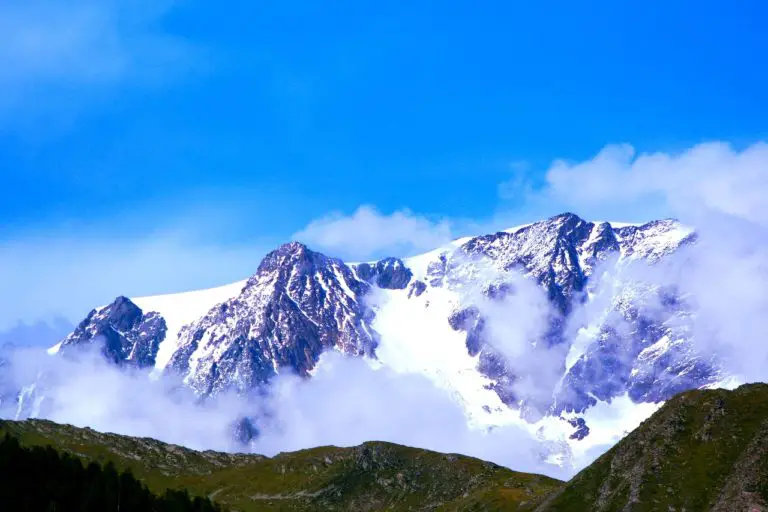
The DOC area, called Valle d’Aosta or Vallée D’Aoste (a lot of French names are used in this region due to the proximity to France), is divided into 7 sub-zones of production where different grape varieties are grown.
In this area, 7 DOC wines are produced: Arnad-Montjovet, Blanc de Morgex et de La Salle, Chambave, Donnas, Enfer d’Arvier, Nus, Torrette.
Arnad-Montjovet DOC
Features: red wine with a ruby red color. It is characterized by a fine, slightly almondy smell and harmonious taste.
Alcoholic content: 11%
Accompaniments: fontina cheese gnocchi, Paysanne Soupe or Valdostana soup, fresh cheese and Arnad lard. Great with polenta, fontina and Valdostana style cutlet.
Specialties in Aosta Valley
- Crostini al Lard di Arnad,
- Jambon de Bosses,
- Carbonade con polenta,
- Cotoletta Valdostana (cutlet of fontina cheese and prosciutto cotto fried in butter),
- Zuppa Valdostana (Val D’Aosta style Soup made up of savoy cabbage and fontina cheese),
- Tegole Valdostane (flat cookies).
2. Piedmont
According to many, Piedmont is one of the best wine regions in Italy: 41 DOC and 18 DOCG wines are produced in this region (in 2021).
Most DOCG and DOC wines of Piedmont come from Nebbiolo grapes. Some examples? Barolo DOCG, Barbaresco DOCG, Moscato d’Asti DOCG, Asti Spumante DOCG.
If you’re wondering why Piedmont showcases such excellent wines, here’s the reason: because Langhe and Monferrato hills were once part of Po valley, their soil is now characterized by nourishing elements particularly favorable for viticulture.
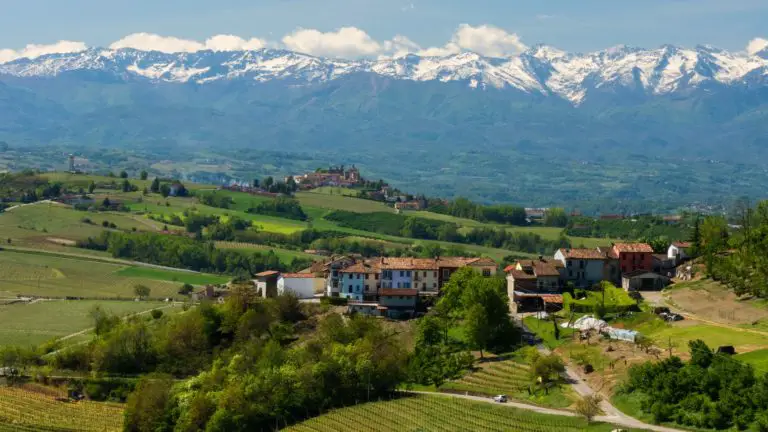
Also, Piedmont is the region where in 1786, Antonio Benedetto Carpano invented modern Vermouth, made from Moscato wine added to an infusion of herbs and spices.
Later on, in 1838, Vermouth was exported to America by the Cora brothers. Famous brands such as Cinzano and Martini then started producing it, tweaking the original version with their own blends of herbs.
In all bars in Italy Vermouth is used to make Negroni cocktail: either for aperitivo or after dinner, you don’t want to miss out on that!
Barolo DOCG
Features: red wine. Intense aroma with hints of spices and fruits, great texture.
Alcoholic content: minimum of 13%.
Years of ageing: 38 months (mandatory for all), 62 months for Riserva.
Accompaniments: bagna cauda, agnolotti and similar, stewed meats, aged cheese.
Specialties in Piedmont
- Bagna cauda (sauce made of garlic, extra-virgin olive oil and anchovies),
- Agnolotti del plin,
- Brasato al Barolo (stew made of Fassone meat cooked in Barolo wine for long),
- Vitello tonnato (veal with tuna sauce and capers),
- Finanziera (sort of tripe),
- Fritto misto piemontese.
—> You may also like
How to Make Negroni: Original Recipe and Cocktail Variations
3. Liguria
The magnificent quality of wines in Liguria (8 DOC wines mainly in Imperia and La Spezia provinces and Sestri Levante and Tigullio areas) has not been attained so easily: narrow valleys, steep hills and mountains overlooking the sea have always been a great obstacle for wine makers.
However, despite difficulties, their passion for wine making has allowed them to create excellent wines acknowledged internationally:
- Cinque Terre DOC and Cinque Terre Sciacchetrà DOC,
- Colli di Luni DOC,
- Colline di Levanto DOC,
- Golfo del Tigullio-Portofino DOC,
- Pornassio DOC,
- Val Polcévera DOC,
- Rossese di Dolceacqua DOC,
- Riviera Ligure di Ponente DOC.

Cinque Terre Sciacchetrà DOC
Features: white wine with a golden color and honey aroma. Almondy aftertaste.
Alcoholic content: 17%
Accompaniments: cheese, pastries (such as canestrelli), Pandolce Genovese (Genoa cake).
Specialties in Liguria
- Pansoti (Ligurian stuffed pasta)
- Pesto genovese (basil, pine nuts, parmesan, garlic, extra virgin olive oil are the staples),
- Torta Pasqualina (vegetarian Italian Easter pie),
- Focaccia di Recco ( flatbread with melted cheese),
- Pandolce Genovese (Genoa cake).
—> You may also like
4. Lombardy
Although Lombardy has only 5 DOCG wines, this region has so much to offer in terms of quality.
We’re talking about Franciacorta DOCG in Brescia, where spumante (sparkling white wine) was created with the intent of competing with Champagne, Valtellina DOCG in Sondrio, where nebbiolo grapes are used to produce Sforzato di Valtellina DOCG, and Lugana DOC, one of the wines you can find along the Lake Garda wine route.
Another excellent province for wine making is Bergamo. Here you find Valcalepio DOC wines and the smallest DOCG wine in Italy: Moscato di Scanzo, produced in Scanzorosciate, where an ancient red grape variety is still grown.
Finally, don’t forget to taste the well-known Oltrepò Pavese wines including a DOCG, 6 DOC and a IGT.
It is produced in the province of Pavia, one of the most suitable areas in Italy for the cultivation of Pinot Noir which is used for the production of sparkling wines based on this noble grape.
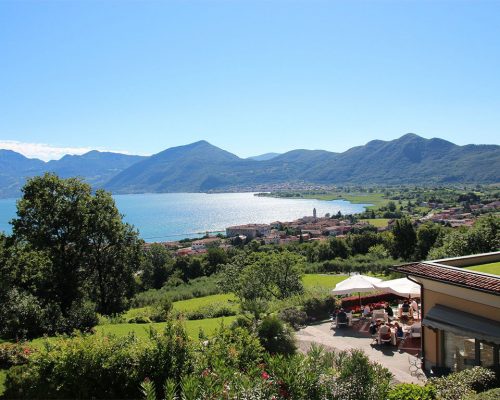
Valtellina Superiore DOCG
Features: red wine. Ruby color turning to garnet with ageing; distinctive and lasting aroma.
Alcoholic content: minimun of 12%
Years of ageing: 2 years (3 for Riserva, of which 1 in oak barrels)
Accompaniments: ripe cheeses, local Valtellina dishes such as pizzoccheri and cured meats.
Specialties in Lombardy
- Risotto alla Milanese (Milan),
- Casoncelli (Bergamo and Brescia),
- Cheeses (Gorgonzola, Taleggio, Formai de mut, Bagòss, Bitto and Casera),
- Manzo all’olio (Brescia),
- Pumpkin tortellini (Mantua),
- Polenta,
- Bresaola (Valtellina),
- Stracciatella ice cream (Bergamo),
- Panettone (Milan)
- Torrone (Cremona).
5. Trentino-Alto Adige/Südtirol
Since the 1970s, Trentino-Alto Adige has been divided into two self-governing provinces: Trentino (the Province of Trento) and South Tyrol (the Province of Bolzano, also known as Alto Adige in Italian and Südtirol).
This division has affected the world of wines, too. In fact, there are Trentino wines and Alto Adige wines.
In Trentino, we find fine wines such as Teroldego Rotaliano DOC, Trentino DOC, Casteller DOC, Delle Venezie DOC and Trevenezie IGT.
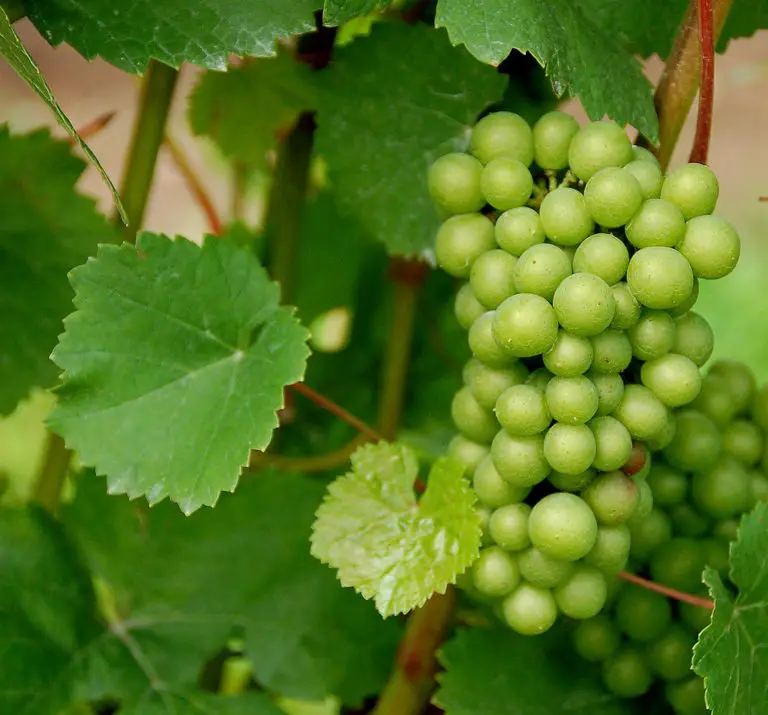
In South Tyrol they produce Alto Adige DOC, Lago di Caldaro DOC, Valdadige DOC, (Valdadige) Terradeiforti DOC, Vigneti delle Dolomiti IGT, Mitterberg IGT, Vallagarina IGT.
Peculiarities of Trentino-Alto Adige are Vin Santo and grappa.
Vin Santo (literally Holy Wine) comes from an ancient tradition and nowadays we can only count six producers who are grouped in the association Vignaioli Vino Santo Trentino DOC to preserve this rare as well as limited production.
As for grappa, it’s been produced since the 1950s when Tullio Zadra invented the best efficient boiling system we still use to produce this pomace brandy. Nowadays, grappa is still a pride for the region.
—> You may also like
Teroldego Rotaliano Rosso Superiore DOC
Features: ruby red color tending to brick red, pleasant characteristic and persistent smell, full flavor with a pleasant bitter aftertaste, a little tannic and harmonious.
Alcoholic content: 12%
Accompaniments: meats with strong sauces, baked game, hare and hard cheese.
Specialties in Trentino-Alto Adige/Südtirol
- Canederli, the Italian version of knödel (bread dumplings with meat or vegetables),
- Puzzone di Moena and Graukäse cheeses,
- Speck and Alto Adige
- Carne Salada,
- Strudel.
—> You may also like
6. Veneto
Veneto, like Piedmont, is one of the best wine regions in Italy in terms of quality. Why? Here you can find 14 DOCG wines together with a variety of DOC and IGT wines.
Among the 14 DOCG wines the most appreciated are:
- Amarone della Valpolicella,
- Colli Euganei Fior d’Arancio,
- Conegliano Valdobbiadene Prosecco,
- Lison,
- Montello Rosso,
- Recioto della Valpolicella,
- Bardolino Superiore,
- Recioto di Soave,
- Soave Superiore.
This region rich in beauty and culture has a lot to offer. If you’re into red wine, you can’t miss Amarone – or any other types of Valpolicella.

On the other hand, if you’re a white wine person, I strongly advise you to try Valdobbiadene white wine.
Yet, if you’re craving for something stronger and you happen to be around Vicenza, you must check out grappa in the numerous distilleries you’ll find along your way.
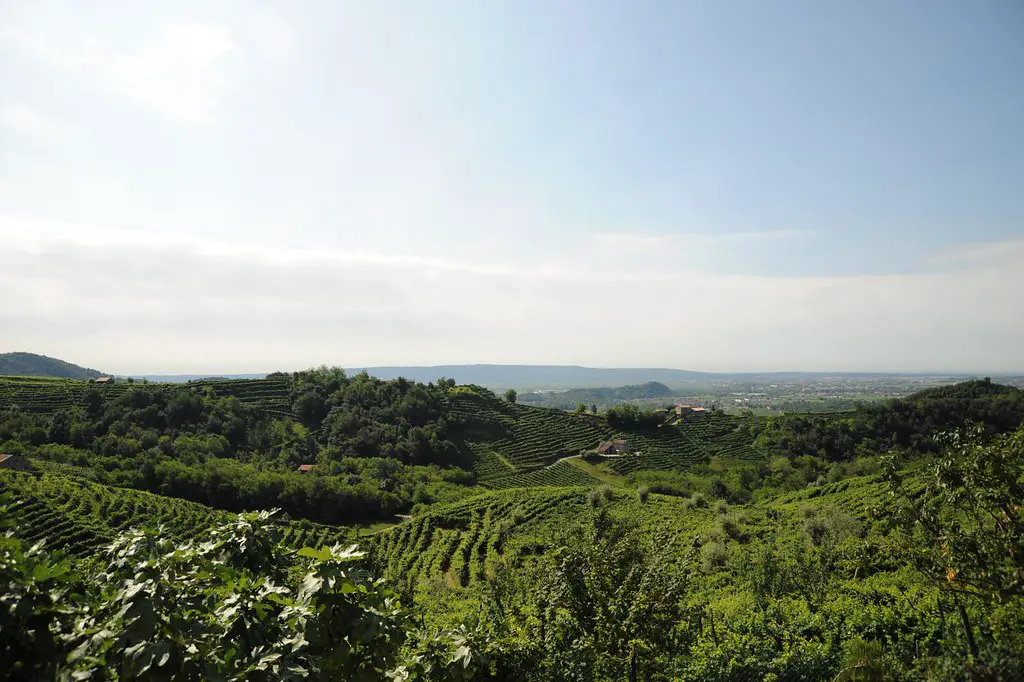
Veneto is the land of Prosecco, whose grapes are ideal for the white sparkling wine called spumante.
Prosecco is internationally renowned for being a fundamental part of Spritz cocktail. In fact, if you want to make Spritz you need: ⅓ Aperol, ⅓ Prosecco, ⅓ soda.
It would be a shame if you can’t stop by a bacaro, a typical Venetian bar, to enjoy Spritz with cicchetti, the traditional appetizers.
Valpolicella DOC
Features: red wine. Vinous, delicate and fruity, especially ripasso. As for Amarone, it comes from delayed recioto and, as the name says, is also more bitter.
Alcoholic content: minimum of 11%
Accompaniments: pasta with meat sauces, ravioli with ragù, risotto alla milanese, meats (boiled, grilled or roasted).
Specialties in Veneto
- Pasta e Fagioli (pasta with beans),
- Sarde in saor (sweet & sour sardines),
- Asiago cheese,
- Soppressa (soft salami),
- Treviso Radicchio,
- Moeche (typical crabs from the Venetian lagoon),
- Pastissada de Caval (horsemeat or beef in wine),
- Baccalà alla Vicentina (Vicenza style cod cooked in milk, oil and anchovies).
—> You may also like
7. Friuli-Venezia Giulia
Despite the restricted area for wine making, Friuli-Venezia Giulia has several DOC and DOCG wines, whose vines are grown in the southern part of the region, close to the sea.
The DOCG wines produced in Friuli-Venezia Giulia are: Colli Orientali del Friuli Picolit DOCG, Lison DOCG, Ramandolo DOCG, Rosazzo DOCG.
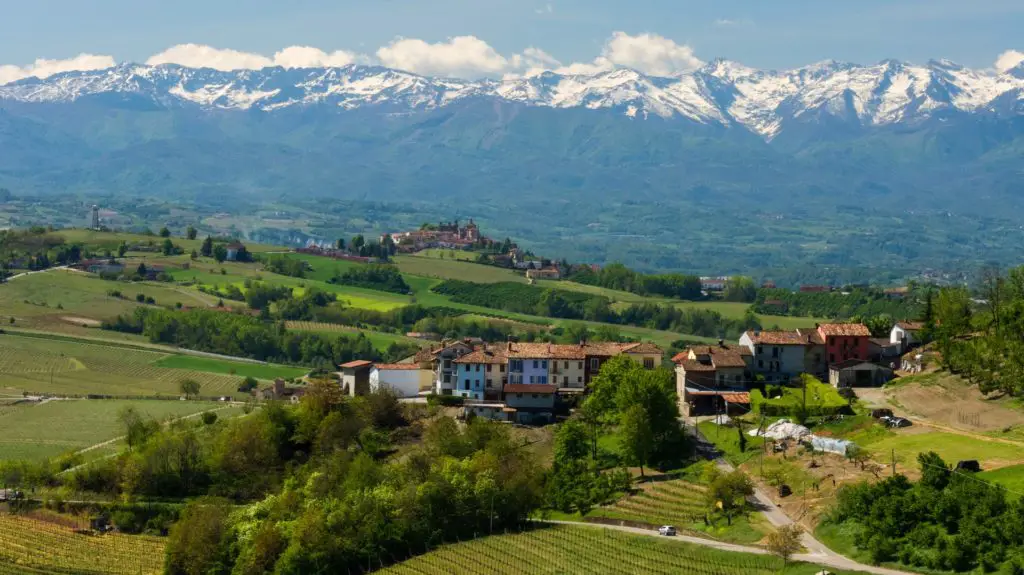
Among the DOC wines you can find Carso DOC, Friuli Colli Orientali DOC, Prosecco DOC, Friuli DOC and Collio Goriziano DOC.
Alto Livenza, Trevenezie and Venezia Giulia are the three IGT wines produced in this region.
Friuli-Venezia Giulia fine wines, awarded several national and international prizes, are best enjoyed with the local cuisine, strongly influenced by the neighboring countries and cultures such as Hungarian, Slavic, German, Jewish and Balcanic.
Ramandolo DOCG
Features: white wine with a golden color and intense and characteristic flavor. It has a pleasantly and velvety sweet taste with a hint of wood.
Alcoholic content: 14%
Accompaniments: traditional pastries such as Gubana and hard cheese.
Specialties in Friuli-Venezia Giulia
—> You may also like
8. Emilia-Romagna
In Emilia-Romagna you will share the pleasure of handmade pasta and good food with the locals, as it’s been part of their culture forever.
The numerous hills (“colli”) and the proximity of rivers and the sea helps vines to grow healthy and to produce excellent wines.
Among the most representative wines of Emilia is Lambrusco DOC, a refreshing and fragrant wine, while Romagna Albana DOCG is one of the finest in Romagna.
Strongly recommended are also Pignoletto Classico DOCG, Romagna DOC, Colli Bolognesi DOC and Gutturnio DOC.
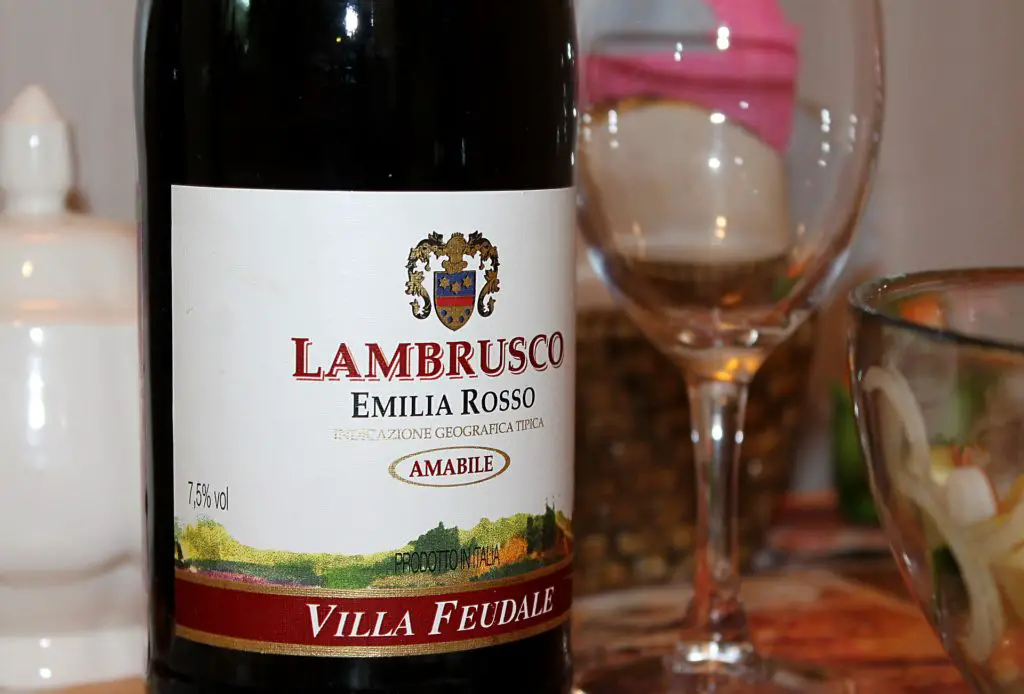
Like Trentino-Alto Adige and Friuli-Venezia Giulia, Emilia-Romagna is made up of two subregions: Emilia and Romagna.
There are many differences between Emilia and Romagna, especially with regard to wine production: diverse grape varieties are grown, and so various wines are produced.
Emilia produces sparkling wines, whereas Romagna makes still wines.
Romagna Albana DOCG
Features: produced from a green-skinned grape, Romagna Albana DOCG is produced in a range of styles: sparkling (as a DOC only), secco (dry), medium-sweet amabile, sweet dolce and passito.
Alcoholic content: minimum of 11.50%
Years of Ageing: 1-2 years for the secco, amabile and dolce, while from 4 to 8 years for the passito.
Accompaniments: the dry version goes perfectly with fish (shellfish, soups and fish broths), goose liver and white meats. The medium-sweet and sweet wines are best served with fruit or desserts. The passito can be served with Ciambella or Fossa cheese.
Specialties in Emilia-Romagna
- Ragù alla Bolognese (Bolognese meat sauce),
- Fresh egg pasta (tortellini, tagliatelle, lasagne..),
- Gnocco fritto (pan-fried dough),
- Piadina (Romagna flatbread),
- Cold cuts (pancetta, coppa, salami, Parma ham, culatello of Zibello, salama da sugo),
- Fossa cheese (particularly strong local cheese usually served with chestnut honey),
- Parmigiano Reggiano (Parmesan),
- Balsamic vinegar,
- Zampone (New Year’s sausage),
- Ciambella (Romagna cake).
Images credits: Valdobbiadene by Mionetto Prosecco // CC BY-NC-SA 2.0; Tedeschi Amarone della Valpolicella DOCG by Fareham Wine // CC BY 2.0; Teroldego grapes by kewing // CC BY-NC 2.0; Return-to-the-Cinque-Terre-by-Fermented-Thoughts // CC-BY-2.0.jpg;
